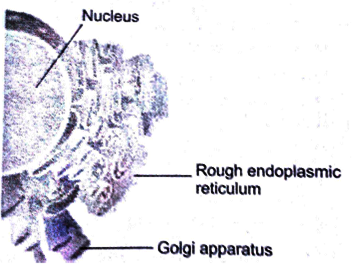Millions of plants, animals, and microorganisms are found on earth, many of which are still unclassified. Scientists keep on discovering new species around the world. Some of these cannot be placed in the traditional classification system. Therefore, to classify these newly discovered species, with new characters, new systems of classification have to be devised every now and then.
Illustrate the taxonomical hierarchy with suitable examples of a plant and an
animal.Given below is the scientific name of Mango. Identify the correctly written name.
Mangifera Indica
Mangifera indica Order
Order Phylum
Phylum Kingdom
Kingdom Species
Species Order
Order Kingdom
Kingdom Genus
Genus Order
Order Phylum
Phylum
Try to collect all the currently accepted meanings for the word ‘species’. Discuss
with your teacher the meaning of species in case of higher plants and animals on one hand, and bacteria on the other hand.
Define and understand the following terms:
(ii) Class
Define and understand the following terms:
(iii) Family
Define and understand the following terms:
(iv) Order
Nomenclature is governed by certain universal rules. Which one of the following is contrary to the rules of nomenclature?
Which one of the following is not correct statement?
Which one of the following organelle in the figure correctly matches with its function?
Which one of the following organisms is scientifically correctly named, correctly printed according to the International Rules of Nomenclature and correctly described?
ICBN stands for
Select the mismatch :